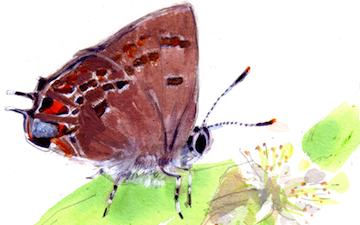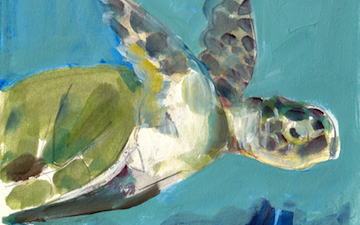Animalia

Tritonia hombergii
Tritonia hombergii


9 POINTS
• Tritonia hombergii has a MOVE of 1.
• Tritonia hombergii may feed off of coral, sponge, and anenome species of higher SCALE

King’s Hairstreak
Satyrium kingi


6 POINTS
• Satyrium kingi has a FLIGHT of 2.
• Satyrium kingi is considered a POLLINATOR

Pacific Sea Nettle
Chrysaora fuscescens



10 POINTS
• Chrysaora fuscescens has a MOVE of 2.
Chrysaora fuscescens stings its prey with its tentacles to first immobilize them before attacking.

Humpback Whale
Megaptera novaeangliae


10 POINTS
• Megaptera novaeangliae has a MOVE of 3, and requires a KRILL species card for diet. Megaptera novaeangliae feeds primarily in the summer and lives off fat reserves in the winter.

Gray Fox
Urocyon cinereoargenteus


4 POINTS
• Urocyon cinereoargenteus has a MOVE of 2.
Urocyon cinereoargenteus are excellent tree climbers.

Green Sea Turtle
Chelonia mydas


6 POINTS
• Chelonia mydas has a MOVE of 2. Humans and larger sharks are the only predators of Chelonia mydas adults.